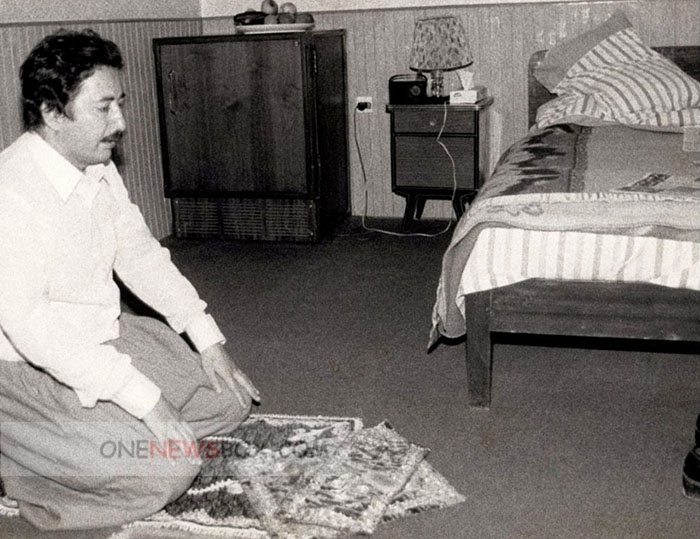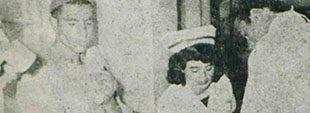
He wrote a book on Islamic finance, Eghtesad Tohidi, an Arabic phrase that roughly translates as “The Economics of Monotheism.” Banisadr sought to modernize economy after years of disruption under the Shah and the chaos of revolution. He aimed to define the role of the presidency within the new theocratic system, promoting accountability while respecting religious authority. He worked to integrate various political factions and reduce polarization in post-revolutionary.
Banisadr’s presidency was marked by significant tension with the clerical establishment. Many clerics, including powerful figures in the Council of Guardians, viewed him as too independent and sometimes too secular in his approach. The outbreak of the Iraq War in 1980 further strained his government, as military and strategic decisions often conflicted with the revolutionary leadership. Banisadr increasingly found himself politically isolated. On June 21, 1981, Banisadr was impeached by the parliament. Accusations of incompetence and alleged connections with opposition groups forced him to go into hiding.
